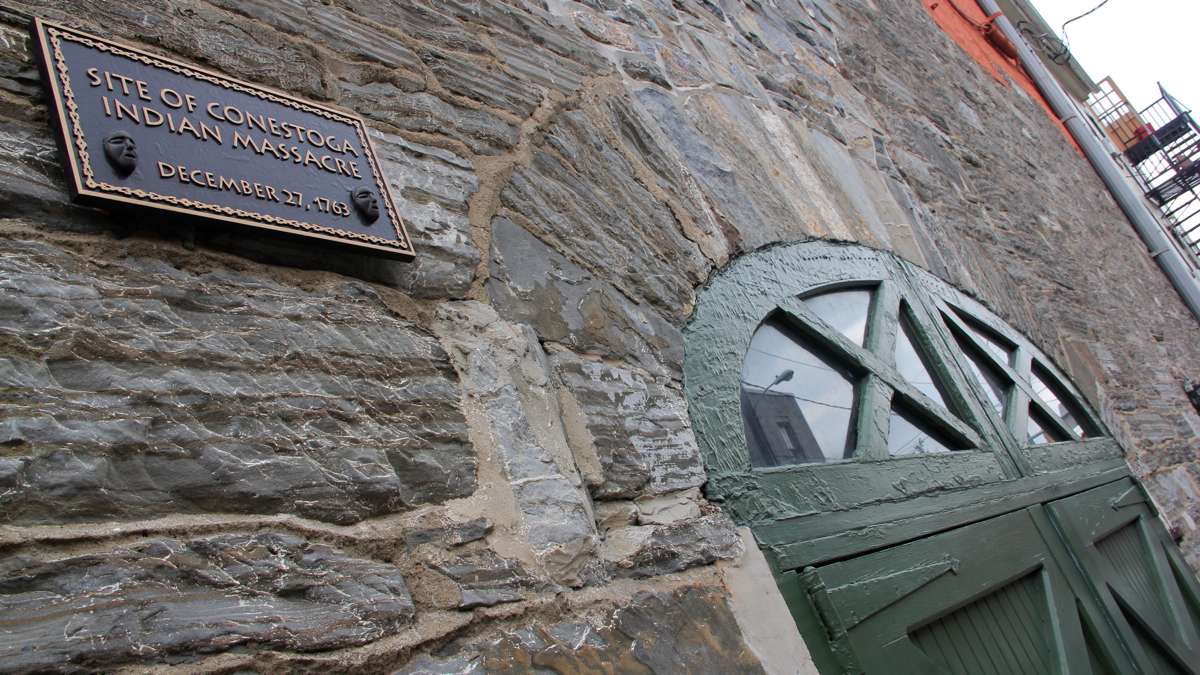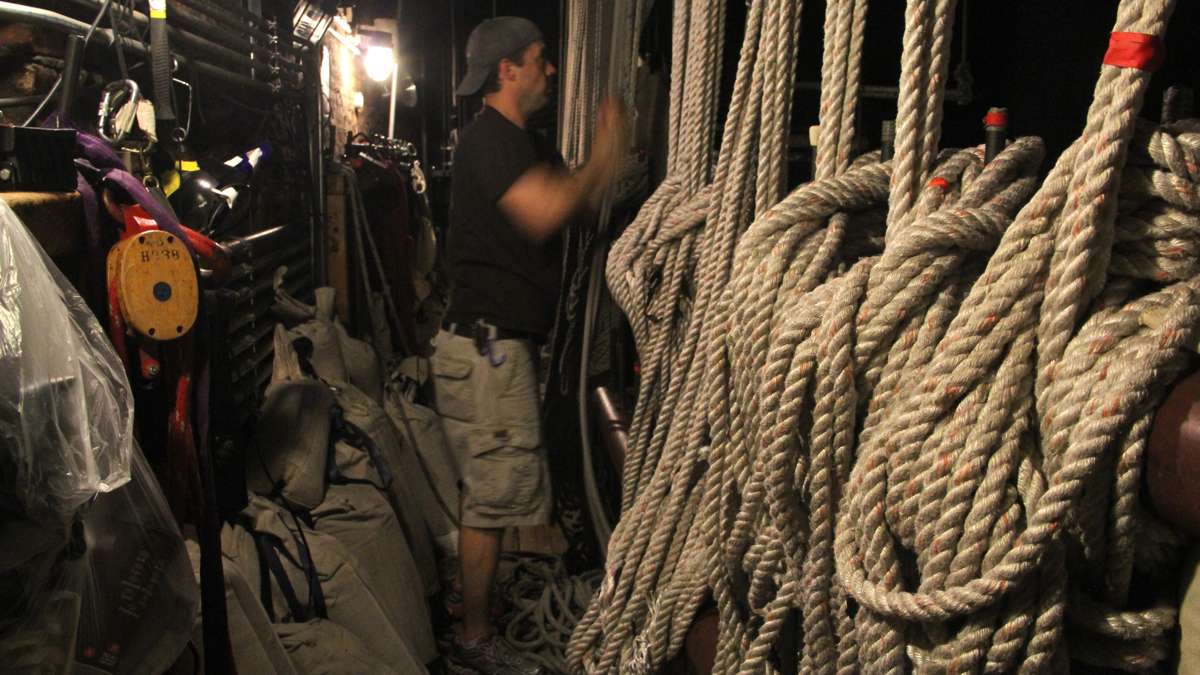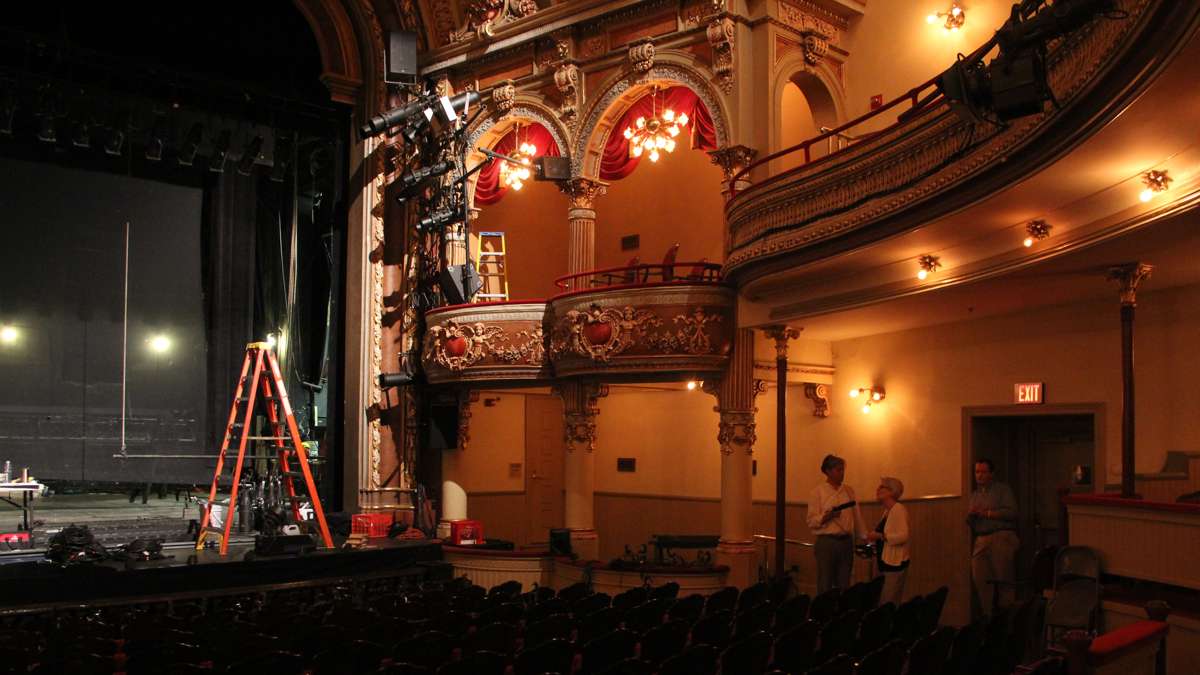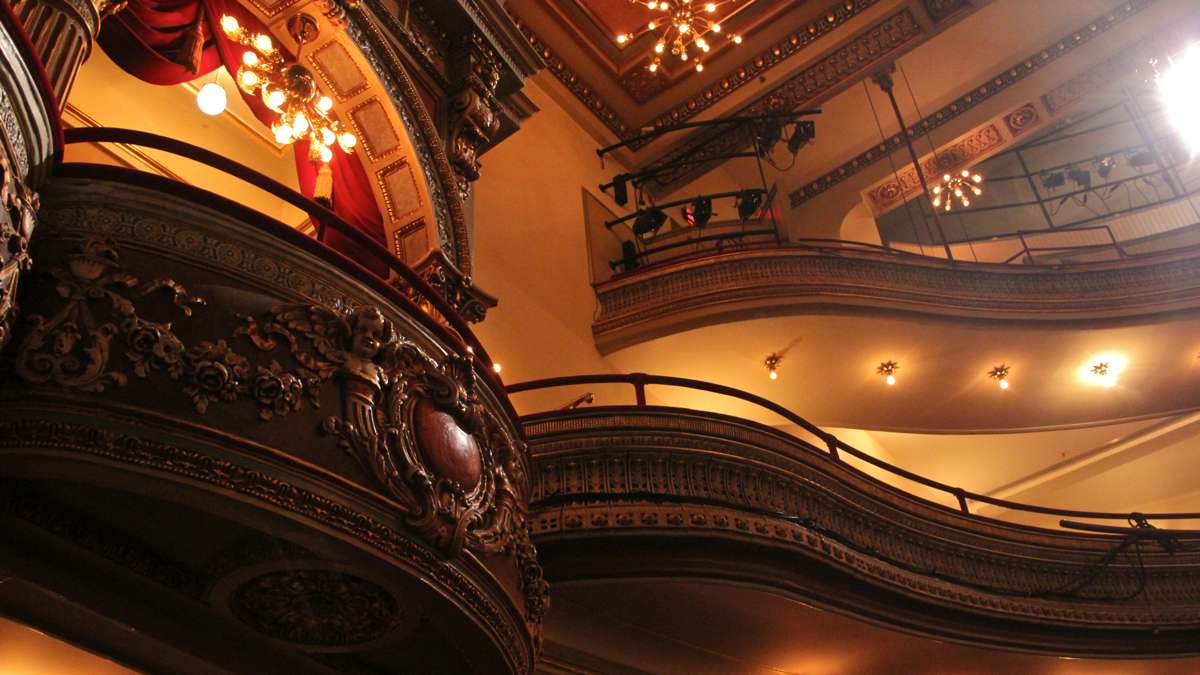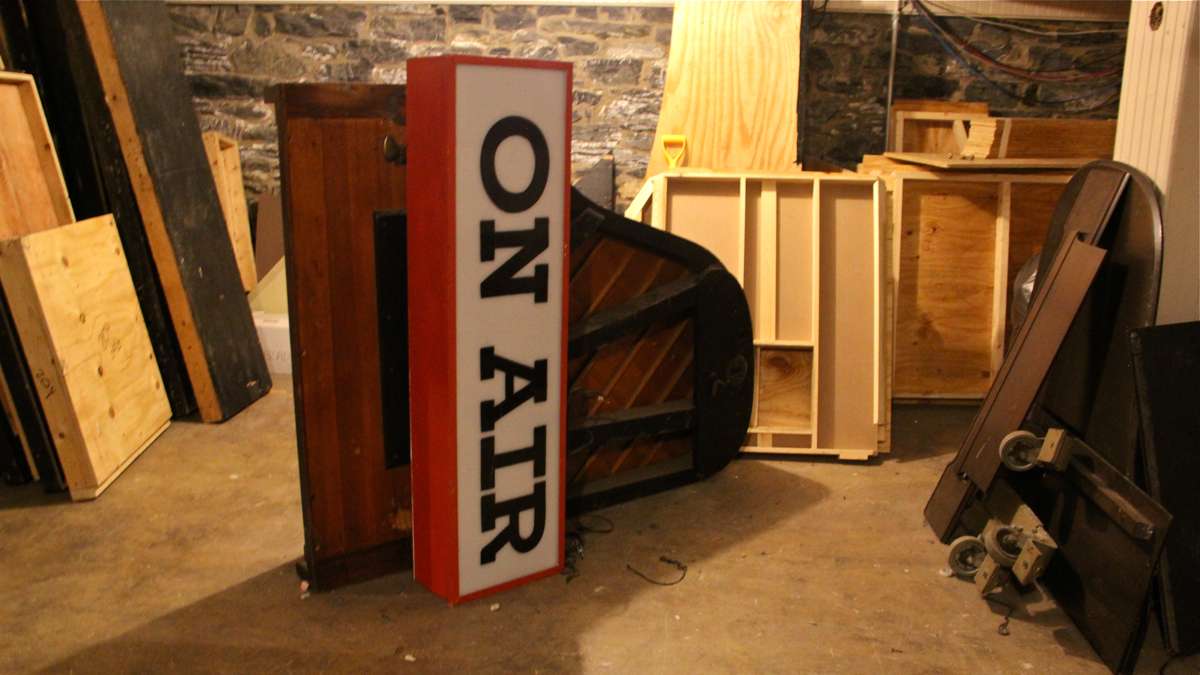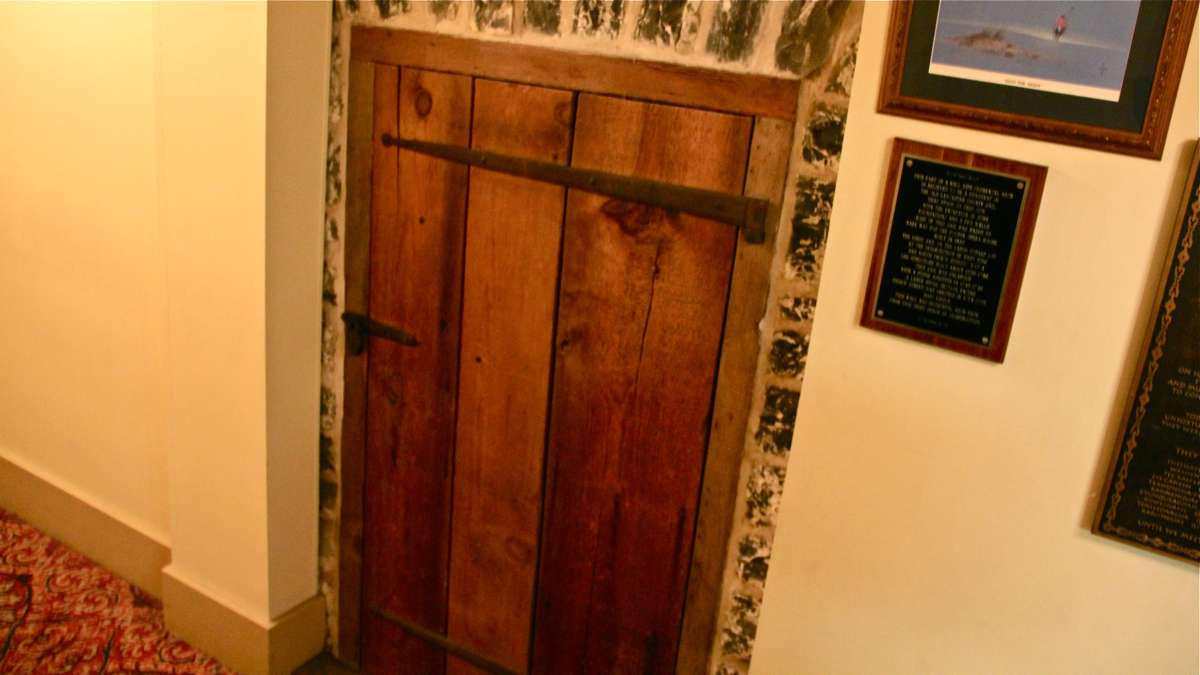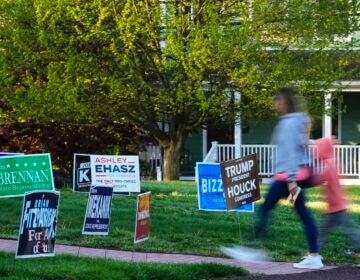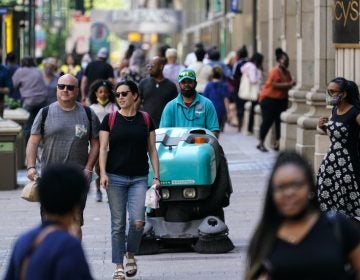Northwest Philadelphia stands out in recent study on city home ownership
Earlier this month, The Pew Charitable Trusts released a study showing a 7 percent decline in homeownership citywide in Philadelphia between 2000 and 2012.
Among the 30 largest cities nationwide, only Phoenix lost a larger percentage of homeowners. The study breaks down homeownership rates by ZIP code and reflects important differences between the Northwest and the rest of the city.
Pew found homeownership rates in five Northwest neighborhoods — Cedarbrook, West Oak Lane/East Germantown, Mt. Airy, Roxborough and East Falls — were higher than the citywide rate of 52.2 percent.
Germantown and Manayunk had the lowest homeownership numbers in the Northwest, more than 10 points lower than the city average.
Surprise findings
In Chestnut Hill, where one might expect especially high homeownership rates, only 50 percent of residents own their homes.
Celeste Hardester, community manager at the Chestnut Hill Community Association, said that the presence in the neighborhood of George Woodward Co., which owns and manages more than 150 homes and other rental units, may be skewing these numbers.
Manayunk lost a higher percentage of homeowners — 10 percent — in the study period than any other neighborhood in the Northwest. This put the neighborhood behind only five other ZIP codes in the entire city.
West Oak Lane/East Germantown, though it historically has one of the highest homeownership rates in the city, lost five percent in the 12-year study.
A stable neighborhood
Cedarbrook, where homeownership rates were only exceeded by those in the Torresdale North ZIP code in the Northeast, remained consistent over the study period. Both Chestnut Hill and East Falls saw modest gains, of one and four percent respectively.
“In looking at these numbers, it was striking that Cedarbrook and West Oak Lane have such high ownership rates,” said Larry Eichel, director of the Philadelphia Research Initiative at the PEW Charitable Trusts. Eichel said the story the Pew report told, of decreasing homeownership in Philadelphia, applies much less to the Northwest than to the rest of the city.
“This suggests that the Northwest is more stable. It’s primarily a solid residential neighborhood,” Eichel said.
Tom Stafford, director of housing counseling with the Ogontz Avenue Revitalization Corporation (OARC) and the West Oak Lane Community Development Corporation, agreed.
“This is an attractive neighborhood. People are coming in from Montgomery County and Center City to live here,” said Stafford.
The drop in citywide homeownership rates, Eichel said, can be attributed to young adults and immigrants, who tend to rent, moving to the city in higher numbers. This explains the decrease in homeownership in Manayunk, which attracts young adults more than other parts of the Northwest.
Underwater
The Pew report included figures from a separate study conducted by Zillow Real Estate Research showing the percentage of Philadelphia homeowners with negative equity — owing more on their mortgage than their home was worth — on the market as of 2013.
Manayunk, which had the largest drop in homeownership in the Northwest, also had the highest percentage of underwater mortgages at 35 percent. Yet East Falls, which had the largest gain in homeownership, also ranked near the top in this category for the Northwest. Citywide, Chestnut Hill had the lowest percentage of homeowners, only 8 percent, owing more than the value of their homes.
This may reflect the large income gap between neighborhoods in the Northwest. The median annual income in Chestnut Hill, as of the 2010 census was $20,000 more than in Manayunk and more than $50,000 greater than in Germantown. But this alone does not account for the disparity in home equity. In Mt. Airy, where the median income is actually lower than in Manayunk, the rate of underwater mortgages is less than half Manyunk’s rate.
“It generally holds true that if you’re in a ZIP code with a higher income you would have a lower rate of negative equity,” said Svenja Gudell, director of economic research at Zillow. The rate of recovery in home values since the recession plays a large role in the rate of negative equity mortgages, she said.
A neighborhood like Chestnut Hill, where average home values have always been high, was less affected by the economic downturn.
According to Zillow research, home values in Chestnut Hill are only 2.4 percent lower than their peak in October 2005. In Manayunk, home values are still 12 percent below the peak in October 2007. Stable middle income neighborhoods, where home prices are taking longer to recover, often see a higher percentage of underwater mortgages than lower income neighborhoods, in part because homeowners are less likely to default or simply move away.
When a home is foreclosed on, Gudell said, it no longer appears in the negative equity statistics.
Another early indicator of homeownership rates, said Gudell, is the percentage of home purchases made with cash. In the first quarter of 2014, according to Zillow data, 40 percent of homes sold in Philadelphia were bought with cash.
This is historically high, said Gudell, and indicates that investors are buying rental properties in great numbers, further driving down homeownership rates.
But don’t blame investors for increases in underwater mortgages, said Gudell.
“Investors played a large role in the turnaround in home values. They bought homes that no one else would look at.”
WHYY is your source for fact-based, in-depth journalism and information. As a nonprofit organization, we rely on financial support from readers like you. Please give today.



